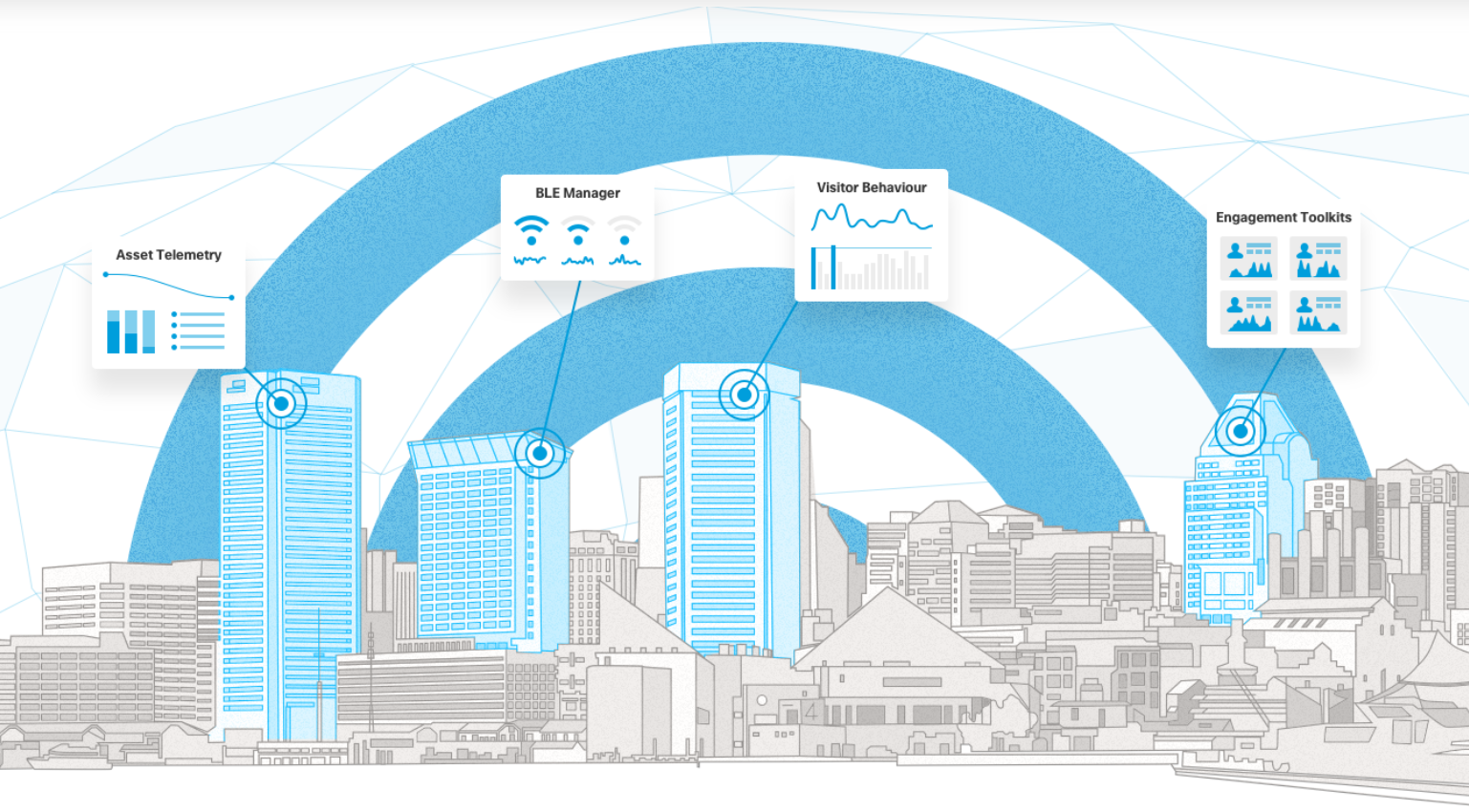When you visit a commercial web site, that business immediately knows a lot about you. It knows if you’re a first-time visitor or a regular. It knows the site you were on before you came, and where you went after you left. It can tell what kind of machine you’re using, the languages you speak, and your location. And if you’ve logged into the site, it can access your entire relationship with the company.
It’s this kind of data that allows Amazon and Netflix to make personal recommendations for things you might like. The same data allows sites to track how much traffic they get and where it comes from, which parts of their sites are underutilized, and where they need to make improvements.
But in the real world, this rich trove of customer data is largely lacking. You can walk into a mall or a hotel, and unless you complete some kind of transaction the business typically never knows you were even there.
In a world where businesses can easily access this depth of real-time physical data, a lot of things become possible across a wide range of industries.
Retail: Brick and mortar retailers would love to glean the kinds of insights about their customers that Amazon collects millions of times each day. Are these customers first time visitors? How often do they shop, and what days do they usually come? Do they always visit the same store or multiple outlets? Where in the store do people congregate? This data allows retailers to make decisions about how to optimize store layout, how much staff they need during busy periods, and where new stores need to be added.
Hospitality: To provide the highest quality service, high-end hotels want to know who you are, where you are, and the services you like to use. By connecting your physical presence to your loyalty program membership, they can provide truly personalized service: When you walk into the lobby, the manager greets you by name, and the in-room experience is designed to match your preferences, with contextual services, mobile alerts, and the ability to use your own phone for casting audio or video to the entertainment system. (All of this will work on an opt-in basis.)
Healthcare: Having real-world location data allows hospitals to place medical equipment where it is most needed. They can also share this data with specialized partners, who can create devices that do things like track the nurse station trolley as it rolls through hospital corridors or alert hospital staff when an infant is removed from the nursery.
Sports: Being able to know where fans are inside a stadium can help pro sports teams measure spectator engagement. They can find out whether season ticket holders are attending the games themselves or sharing the tickets with friends, what stadium services they use, and which personalized offers they find most compelling.
Transportation: No one likes to wait in line at the airport. Major transportation hubs can deploy the technology to measure, on aggregate, when passengers arrive for check-in, how long they’re in the security queue, and where they stop along the way to their departure gate. That in turn will allow them to optimize the flow of people and minimize passenger wait times.
But possibly the most important category is the business workplace. Gleaning aggregated insights from workspace behavior will help companies measure employee productivity, which facilities are used most often, and how much time people spend in each. It’s also a way for employees to take better advantage of corporate facilities, such as finding available conference rooms.
How We’ll Get There
All of this may sound a bit like science fiction, but it’s actually here today.
Cisco DNA Spaces brings real-time data to physical locations via technology built into all of Cisco’s wireless access points. Nearly 200 million people are already connected via Cisco DNA Spaces, over thousands of locations, half a million access points, and more than a billion square feet of building space.

Cisco’s next-generation location cloud platform allows businesses to gain insights and deliver more personalized services to customers and employees within their business locations. Today, any Cisco or Meraki wireless AP deploying Cisco DNA Spaces can locate individuals down to the floor of the building they’re in. Next-generation WiFi 6-capable APs that have Bluetooth Low Energy and Zigbee antennas will be able to detect a person’s presence within 3 meters.
Understandably, some people might feel uncomfortable having their physical location logged inside their workplace, doctor’s office, or shopping mall. This is why, to protect peoples’ privacy, Cisco DNA Spaces operates on a strict opt-in basis, and the behavioral insights collected are anonymized and aggregated. Users need to log into the wireless network at least once for the system to recognize them. When they return a second time, the network will continue to recognize their devices until they tell it not to.
At Cisco, we understand that connecting to a wireless network constitutes a relationship of trust between an individual and a business. Our products are made to give businesses useful insights, not to snoop on individuals. Our service is designed to be compliant with GDPR and other privacy regulations.
Location as a Platform services like Cisco DNA Spaces, as well as the partner ecosystems that extend this functionality, offer organizations an opportunity to digitize their physical spaces they would be foolish to ignore.
Companies operating out of business locations need to have the same level of visibility into their customers as websites and mobile apps do, so they can provide better outcomes. Enterprises that want to gain a strategic advantage when making critical business decisions need to do the same with the people who work for them and the assets inside each building. And the best way to do that is through the wireless network. Cisco DNA Spaces is truly the bridge for Cisco wireless, from delivering connectivity to driving digitization and business outcomes.


CONNECT WITH US